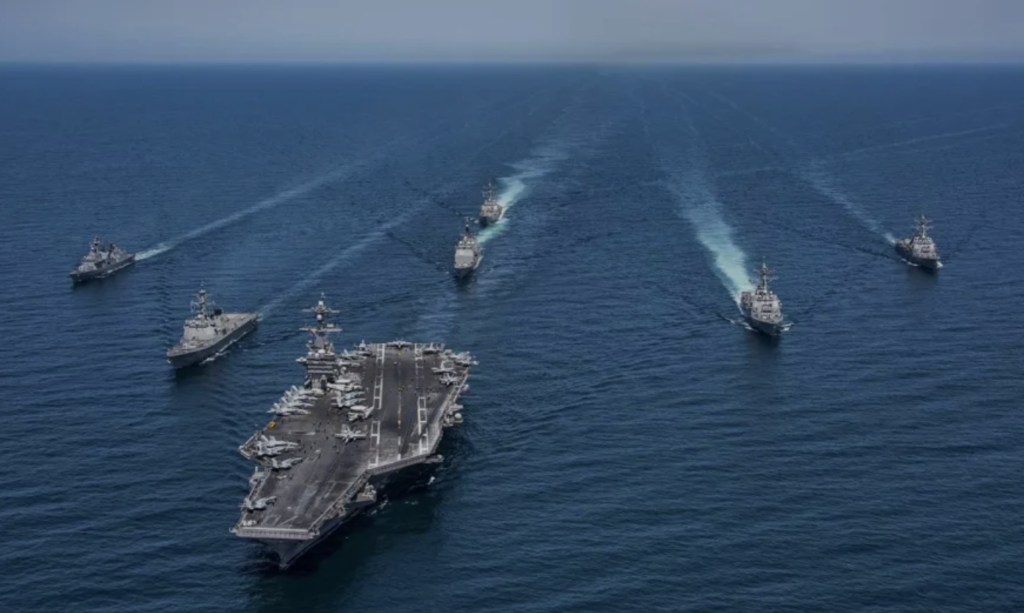The “Christmas Surprise” that wasn’t
It’s 2020, and after a long hiatus (caused in part by physical ailments, sigh!) I’m starting to post here again. I started the year off with a bang by posting a story on January 1 about the much-anticipated “Christmas Surprise” from Kim Jong Un that turned out to be…just another speech.
North Korea’s Warning to America: End Your ‘Hostile Policy’ Or Get Nothing
If President Trump, his advisers and the many North Korea “experts” in Washington and New York really want to head off the “new way” Kim just warned about, they should start applying their considerable analytical skills to exploring those aspects of U.S. policy that have driven North Korea into a corner where all Kim sees is US “maneuvers to completely strangle and stifle the DPRK.”
A week earlier, I wrote about the insane speculation about what that “Christmas Surprise” might be, and pointed to an important, overlooked factor in the rising tensions on the Korean Peninsula.
A US-led military buildup in Northeast Asia has raised tensions in the region to an alarming degree, even as North Korea threatens to resume the ballistic-missile testing that sparked the last crisis on the peninsula, in 2017. The buildup includes:
— The US military’s tests of missiles previously banned under the Intermediate-Range Nuclear Forces (INF) Treaty, the arms agreement abandoned by the Trump administration.
— The massive military machine built by South Korea in recent years, as illustrated in the ROK Air Force video shown in the story. It has been fueled by massive purchases of sophisticated US weapons that have been pushed by US think tanks with ties to the US arms industry.
— The simultaneous and rapid expansion of US and Japanese military capabilities in Northeast Asia designed to confront North Korea, curb China’s growing military prowess, and enhance Washington’s strategic position in the region.
“Taken together,” I concluded, “these developments signal a dangerous escalation of tensions.“
That premise still holds, a week into the year.


